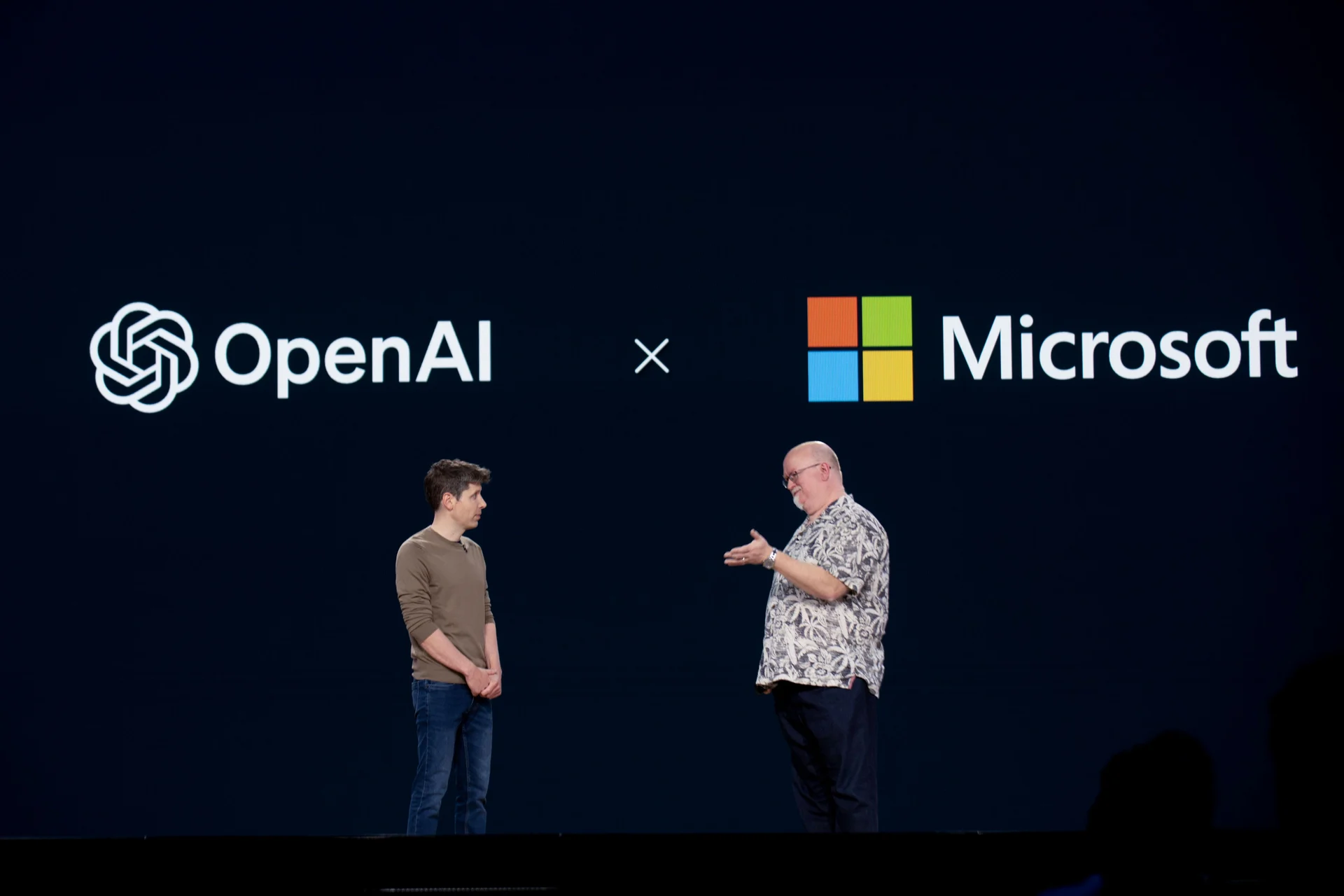Introduction: The Next Leap in AI Research Assistance
OpenAI has launched Deep Research, a powerful new feature within ChatGPT that takes AI-assisted research to a whole new level. Unlike conventional AI-powered search tools that provide summaries or quick answers, Deep Research autonomously conducts complex, multi-step research tasks on the internet—analyzing, synthesizing, and reporting on findings much like a human research analyst.
This feature, powered by a specialized version of OpenAI’s o3 model, aims to revolutionize intensive knowledge work in industries like finance, science, policy, and engineering. By leveraging real-time web browsing and advanced reasoning capabilities, Deep Research can process vast amounts of information, verify claims with citations, and compile structured reports—all within minutes.
But how does this new tool work? What does it mean for professionals, businesses, and everyday users? And is it a step toward Artificial General Intelligence (AGI)? Let’s explore.
What is Deep Research and How Does It Work?
Deep Research is OpenAI’s next major AI agent, designed to act autonomously on behalf of the user. Instead of merely responding to queries with a simple answer or summary, Deep Research executes multi-step investigations—reading, analyzing, and cross-referencing information across hundreds of sources.
Here’s how it works:
- User Input – The user submits a query, such as “Analyze the impact of AI on the legal profession” or “Compare the top electric vehicles for city driving.”
- Automated Research Execution – The AI browses the web, interpreting text, images, PDFs, and databases to collect relevant information.
- Analysis & Synthesis – The AI reasons about the data, backtracking and adjusting its approach as needed, similar to how a human researcher would refine their inquiry.
- Report Generation – The final result is a structured, well-cited document with clear reasoning, citations, and references, making verification easy.
- Enhanced Features (Coming Soon) – OpenAI has announced upcoming capabilities like embedded graphs, visual data analysis, and interactive reports.
Unlike basic AI-powered search tools, Deep Research does not just summarize Wikipedia or the top Google results—it critically evaluates diverse sources to construct an informed, comprehensive response.
Why Deep Research Matters: A Step Toward AGI?
One of OpenAI’s long-term ambitions is the development of Artificial General Intelligence (AGI)—AI systems capable of reasoning, problem-solving, and even generating novel scientific knowledge. Deep Research represents a significant step in this direction, as knowledge synthesis is a prerequisite for scientific discovery.
With the ability to autonomously seek out and consolidate insights from vast amounts of information, Deep Research could eventually move beyond research assistance into hypothesis generation, helping accelerate breakthroughs in medicine, engineering, and other fields.
Key Capabilities of Deep Research
- Autonomous Multi-Step Reasoning – The model is trained to navigate complex questions by planning its approach, revising based on new data, and drawing logical conclusions.
- Data Interpretation & Verification – Instead of simply retrieving facts, Deep Research analyzes context, cross-checks sources, and ensures accuracy.
- Real-Time Adaptability – If conflicting information is found, the model can pivot its research focus, just like a human researcher.
- Citation & Transparency – Unlike many AI-generated outputs that lack attribution, Deep Research fully cites its sources, making it easier to verify claims.
These capabilities position Deep Research as more than just a tool—it’s an AI-powered research assistant that could potentially transform knowledge-intensive professions.
Who Benefits from Deep Research?
Deep Research isn’t just for AI enthusiasts—it has profound implications across multiple industries:
1. Professionals in Knowledge-Intensive Fields
- Financial Analysts – Conduct deep dives into market trends, risk assessments, and competitive landscapes.
- Lawyers & Paralegals – Analyze case law, legal precedents, and policy changes with sourced documentation.
- Scientists & Researchers – Collect and synthesize cutting-edge findings across multiple disciplines.
- Engineers & Developers – Gather insights on emerging technologies and best practices.
2. Businesses & Decision-Makers
- Executives & Strategists – Perform competitive intelligence and market research in minutes.
- HR & Recruiters – Analyze hiring trends and job market data.
- Marketing & Content Teams – Generate research-backed reports for content strategies.
3. Everyday Users
- Consumers – Get in-depth product comparisons before making major purchases (cars, home appliances, etc.).
- Students & Educators – Access AI-powered research tools for academic work and teaching materials.
Benchmarking Deep Research: Performance on Expert-Level Evaluations
Deep Research’s capabilities are backed by strong performance on key AI benchmarks, surpassing previous models in its ability to handle real-world, expert-level inquiries.
1. Humanity’s Last Exam (HLE)
- This benchmark tests AI models across 3,000 expert-level questions spanning 100+ disciplines (linguistics, chemistry, rocket science, ecology, etc.).
- Deep Research scored 26.6%, significantly outperforming:
- OpenAI’s previous o1 model (9.1%)
- Google’s Gemini (6.2%)
- Anthropic’s Claude 3.5 Sonnet (4.3%)
2. GAIA Benchmark
- The GAIA test evaluates AI’s ability to reason, browse the web, and interpret multimodal data.
- Deep Research set a new state-of-the-art score, outperforming previous leading models.
These results highlight Deep Research’s superior problem-solving, reasoning, and information retrieval skills, making it the most advanced AI research tool currently available.
Job Disruption: What Jobs Could Deep Research Replace?
AI’s ability to automate cognitive tasks raises concerns about job displacement. Recently, Deep Research analyzed 20 jobs at risk of automation, ranking them by likelihood of replacement.
Top 10 Jobs at Risk
- Tax Preparer (98%) – AI can instantly process tax rules and calculations.
- Data Entry Clerk (97%) – AI automates repetitive data processing tasks.
- Telemarketer (96%) – AI-powered chatbots are replacing human agents.
- Bookkeeper (95%) – AI accounting software reduces human bookkeeping needs.
- Paralegal (93%) – AI legal tools can analyze case law and draft documents.
- Appointment Scheduler (92%) – AI assistants manage scheduling efficiently.
- Virtual Assistant (91%) – AI handles emails, reminders, and task management.
- Transcriptionist (90%) – AI speech recognition tools transcribe faster and more accurately.
- Proofreader (89%) – AI grammar checkers outperform human editors.
- Customer Service Representative (88%) – AI chatbots provide instant responses.
While these roles face significant automation risks, human skills like emotional intelligence, critical thinking, and creativity remain irreplaceable.
How to Access Deep Research
Deep Research is currently available to ChatGPT Pro users ($200/month), with plans to roll out to Plus, Team, and Enterprise users soon.
Alternatives
For users seeking a lower-cost or free alternative, options include:
- Google’s Gemini Advanced (via Google One AI Premium, $20/month)
- Hugging Face’s open-source Deep Research (free demo available)
Conclusion: A New Era of AI-Powered Research
Deep Research marks a pivotal advancement in AI, bridging the gap between simple information retrieval and autonomous knowledge synthesis. By handling complex research tasks with transparency, accuracy, and adaptability, it positions itself as a game-changer for professionals, businesses, and everyday users.
While concerns over job displacement remain, Deep Research’s true power lies in its ability to enhance human intelligence rather than replace it. As AI research tools continue evolving, they will augment decision-making, accelerate innovation, and redefine the way we access and process information.
The future of research is autonomous, intelligent, and deeply integrated into our daily workflows. Are you ready for it? 🚀









